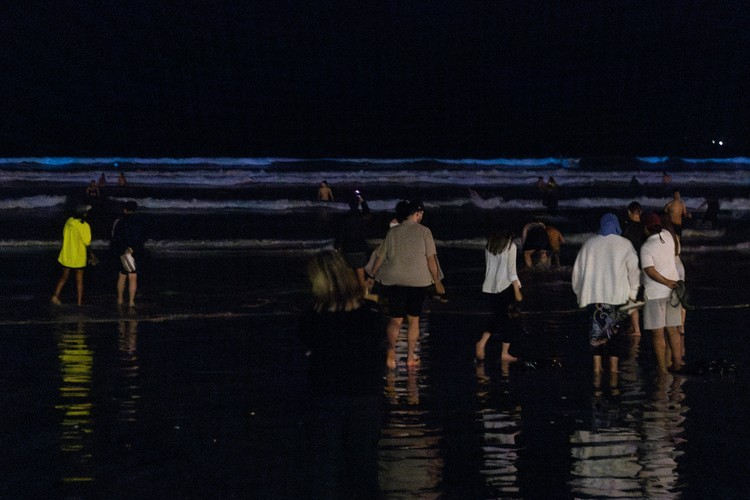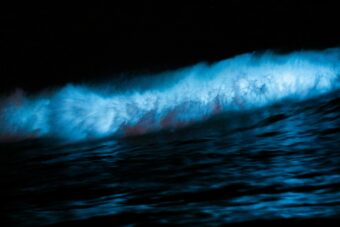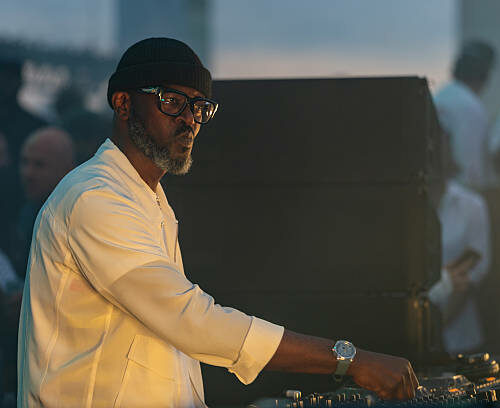
Cape Town beachgoers were treated to a magical evening this past week after the shores of Muizenberg lit up with a beautiful glow.
Many flocked to the beach to witness a blue glowing light across the waters of the Cape Town beach and capture the moment rarely seen at South African beaches.
If you were wondering what this is, the answer is due to bioluminescence (sea sparkle).
This is a phenomenon which is produced by a chemical reaction within living organisms. The outcome of this produces a glow that illuminates the surrounding.
Well-known experts of science and animal-life Natural Georgraphic explains: “Most bioluminescent organisms are found in the ocean. These bioluminescent marine species include fish, bacteria, and jellies. Some bioluminescent organisms, including fireflies and fungi, are found on land. There are almost no bioluminescent organism’s native to freshwater habitats.”
In an interview with local publication GroundUp Dr. Emma Rocke, a microbiologist and research fellow with The Marine and Antarctic Research Centre for Innovation and Sustainability (MARiS) at the University of Cape Town, says that this is completely normal.

She goes on to explain that calm and warm conditions cause these algae to multiply, and they then glow when they are agitated and rub up against one another.
Furthermore, she added that the bloom is a good thing as it is “producing oxygen and consuming carbon dioxide”.
Also see: The best way cure a blue bottle sting




